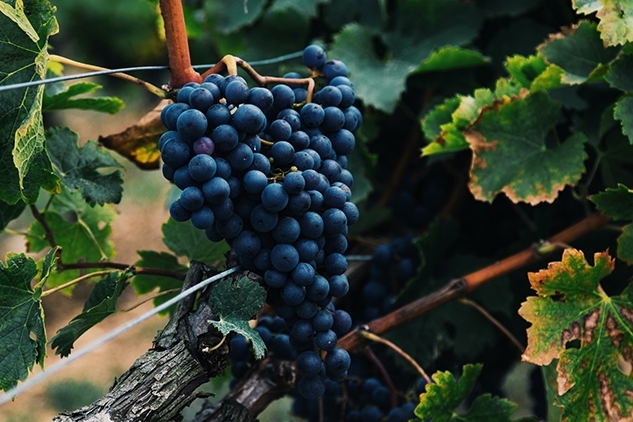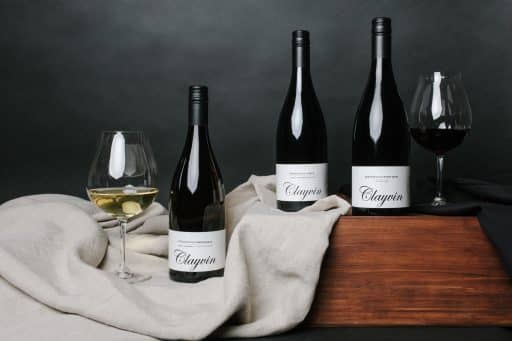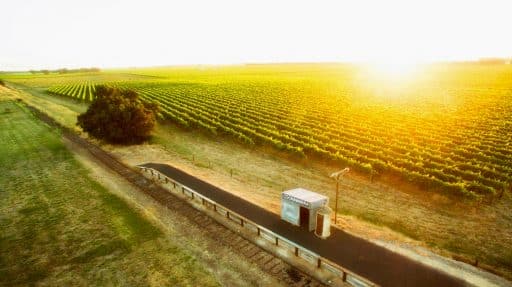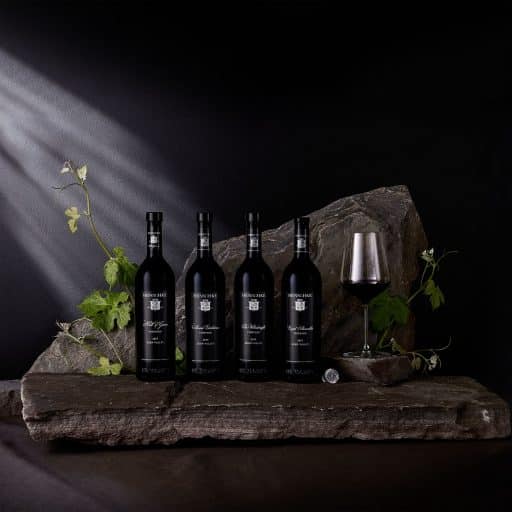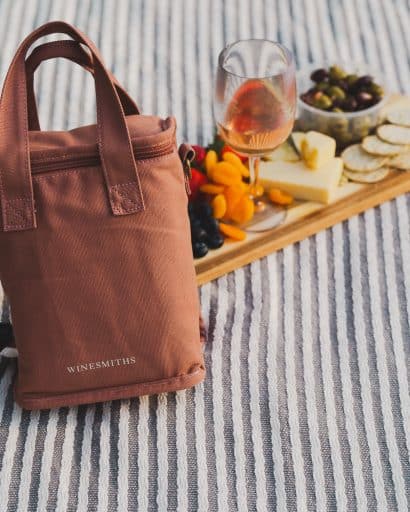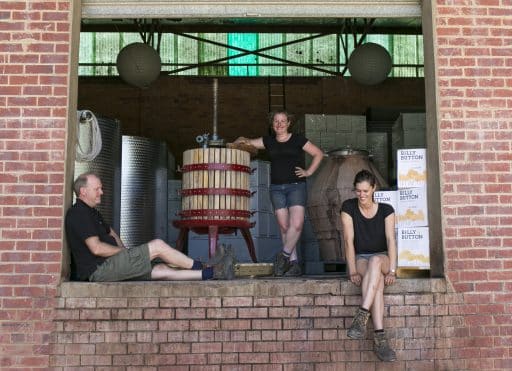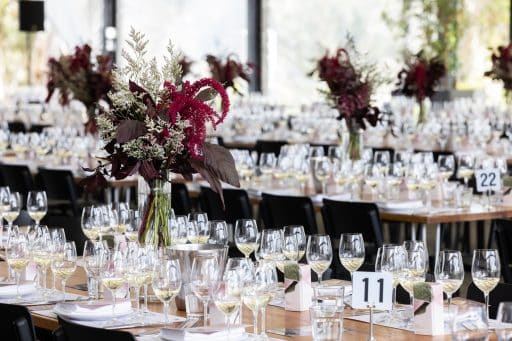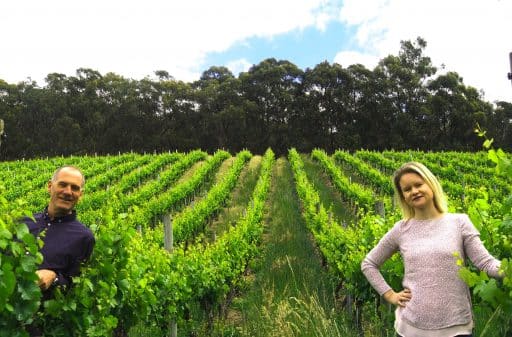Well over one hundred years ago the global wine industry was almost bought to its knees. A little known aphid had made the perilous journey from the United States via West London and then wreaked havoc through the great vineyards of Europe. It destroyed almost every vineyard across the continent, slowly attacking the grape roots and leaching their nutrients bringing about a slow but unstoppable demise. As infected grapevines were unknowingly exported across the globe so too was the louse and in 1877 it landed in Geelong. Soon much of Victoria’s vineyards and its fledgling wine industry were also under attack.
At Rutherglen, located in North-Eastern Victoria, the news could not have been worse. With the first vineyards planted in the 1850’s and the area at the time responsible for one third of Australia’s wine production, including rapidly rising exports of international award winners, the spread of phylloxera would prove disastrous for local vignerons. Vast swathes of vines were pulled from the ground as they succumbed to the Phylloxera Vastarix, with very few vineyards managing to survive the scourge.
The Phylloxera epidemic, though, was finally beaten in the 1880’s – by planting vines with American rootstocks – but the damage was already done and valuable resources of old vines had been destroyed around the globe. Only select outcrops remain of century old vineyard stocks, much of which are found in Australia. However Phylloxera proved both a blessing and a curse as it allowed vignerons to re-evaluate established traditions and to start again. Lesser grape varieties and vineyards that had been grown for history’s sake were not replanted. And in the New World, where there were no rules as to what could and could not be grown and where, it allowed valuable experimentation.
In 1907 the Victorian wine industry still had not recovered and it turned to the Australian born son of a viticultural pioneer to change its fortunes. Trained botanist Francois de Castella travelled to Europe where he studied not only the control of the vineyard louse but also options for Victoria’s future. He collected cuttings to populate the new vineyard plantings of both established and little known gapes varieties, which were all bought to Rutherglen’s Viticulture College for cultivation. Most were later transferred to all corners of Victoria but one did not stray far and later made Rutherglen its spiritual home – Durif.
Even in its homeland, in France’s Rhone Valley, Durif is far from famous. A crossing of Shiraz with the obscure Peloursin its shares much of the character of its more famous parent – deep colour, full body and layers of lush fruit. However its tight bunches are not particularly well suited to the cooler Rhone Valley where this late ripening grape variety fails to reach its peak.
However in the hot climates of Rutherglen and California Durif can absolutely shine, although in a very different style to its French counterparts. While it can struggle in the brisk Northern Rhone Valley to get fully ripe there is no such issue in Rutherglen with baking Summers, also responsible for the area’s world-beating fortified wines, helping to make wines with immense power that when combined with the variety’s savoury edge rise well above the usual high alcohol, jammy flavoured, fruit bomb style seen in many of our warmer regions. The resulting wines, though, are not for the faint heated.
Rutherglen Durif is incredibly deeply coloured – usually a bright, opaque ruby – reminiscent more of a high quality Port than table wine. Its fruit is explosive and hearty – Shiraz on steroids – yet it also has an intriguing rustic edge driven by layers of tar, dried herbs and licorice all-sorts flavours. Structurally Durif can be a brute with mouthfuls of chewy tannins but the best wines balance tannins, a freshness to acidity and generosity of fruit together in a moreish package.
Rutherglen’s vignerons tackle Durif in 2 broad styles. Modernists such as Jones Winery and Vineyard prize sheer power and brightness of fruits making for luscious, power-packed and crowd pleasing wines often with warming alcohol due to their riper styles. They are a great introduction to Durif for lovers of Barossa Valley or McLaren Vale Shiraz. Alternatively traditionalists like Campbells and Pfeiffer make slightly more reserved wines prizing the variety’s savoury and rustic nuances. Both styles can be superb although are very different expressions of this highly undervalued variety.

